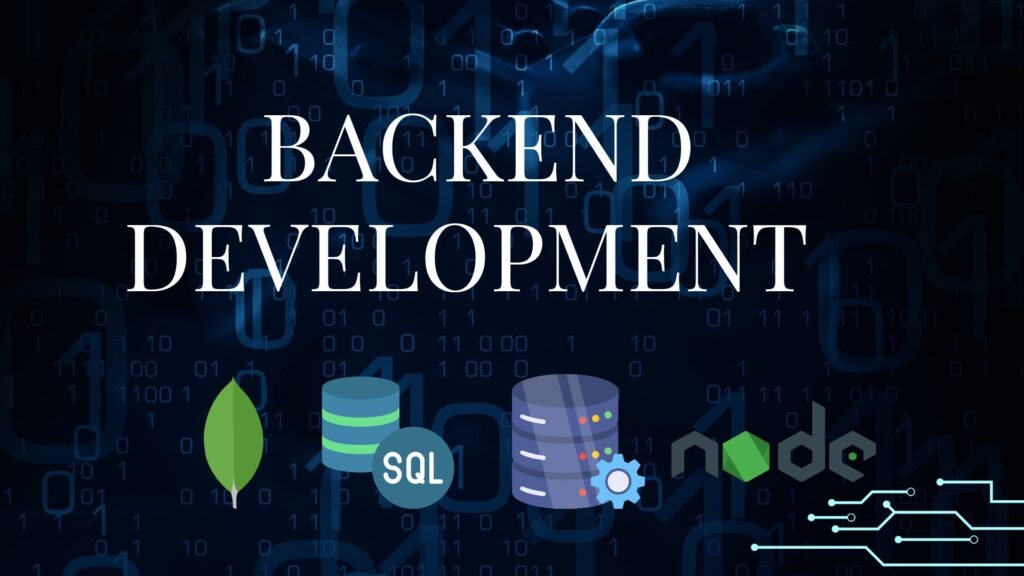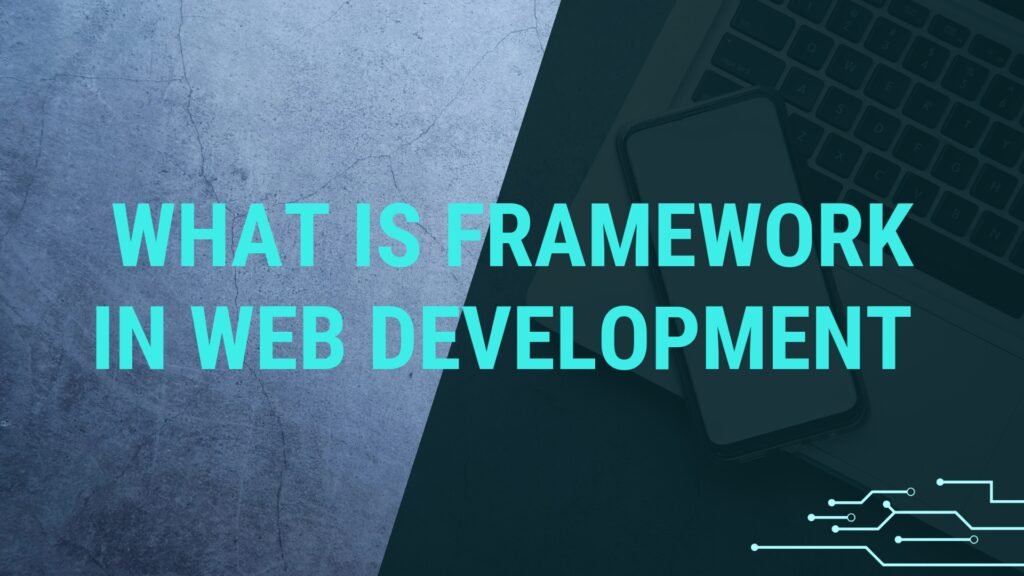What is back-end in web development, and how can we become backend developer?
Back-end web development: what is it? How to work as a backend developer The server-side aspect of web development is known as back-end web development. It includes the work that is done in the background when using a website or web application to execute tasks. This covers database management, server administration, and making sure the back end of the website runs well. Back-end development deals with implementing the underlying functionality of the online application, while front-end development concentrates on the user interface and user experience. How does a web developer work on the back end development? A backend developer is in charge of ensuring a website’s functional and structural integrity. Building and maintaining the technology that drives a website’s front end is their main responsibility. To guarantee the smooth functioning of the website, this entails working in tandem with front-end engineers, web designers, and additional stakeholders. A back-end developer must possess a broad range of skills to fulfill their varied and complex obligations. Duties of a web developer with back-end functionality A back-end web developer’s duties include creating an usage situations. Popular languages for developing back-end websites using programming implementing secure and effective server-side applications, coordinating with front-end developers to guarantee a smooth user experience, managing databases and assuring their performance, and integrating front-end elements with the server-side logic. Competencies needed for backend development Strong problem-solving abilities, in-depth knowledge of web development frameworks and programming languages, database administration expertise, and the capacity to collaborate with others are all prerequisites for back-end developers. To effectively work with other team members and stakeholders, back-end developers require strong communication skills in addition to their technical expertise. Technologies and tools used in the construction of back-end websites To do their jobs well, back-end web engineers use a variety of tools and technologies. These include server-side scripting frameworks like Node.js, database management systems like SQL and MongoDB, computer languages like Python, Java, JavaScript, PHP, and Ruby, and the incorporation of APIs for improved functionality in online applications. How to work as a backend developer A back-end web developer must possess a combination of academic background, professional training, and real-world experience. Those who want to work in this industry must have a strong background in web development and programming. How to work as a web developer on the back end One way for aspiring back-end engineers to get started is by learning a programming language like Python, Java, or PHP. Database administration and server-side scripting should be their main areas of study. A formal degree in software engineering, computer science, or a similar discipline can serve as a strong basis for a career in back-end web development. Education and training in back end web development Aspiring back-end developers can acquire the essential information and abilities through formal study in computer science, software engineering, or a similar field. Furthermore, coding boot camps, online courses, and specialized training programs that concentrate on back-end web development can provide practical knowledge and hands-on experience with pertinent technologies and frameworks. Which programming languages are utilized in the creation of back-end websites? To create dependable and scalable web applications, back-end web developers employ a variety of programming languages. Every programming language has special attributes, benefits, and optimal usage situations. Popular languages for developing back-end websites using programming Popular programming languages for developing back-end websites include Ruby, PHP, JavaScript, Python, and Java. For effective back-end development, these languages provide a wide range of capabilities and are extensively supported by frameworks and libraries. Comparing different programming languages for development: what is it? How to work as a back-end developer on a back-end applications Performance, scalability, community support, and resource availability are all important considerations when evaluating programming languages for back-end development. These characteristics help determine which language is best suited for a certain project. Ruby is noted for its elegant syntax and developer-friendly environment, PHP for its web-specific capabilities, Java for its resilience and platform independence, JavaScript for its smooth interface with front-end technologies, and Python for its readability and adaptability. Selecting the appropriate computer language for back-end development When choosing a programming language for back-end development, factors such the project’s specific needs, the team’s experience, the infrastructure already in place, and potential scalability are taken into account. Making an informed choice requires assessing each language’s advantages and disadvantages in light of the project’s goals. Which are the essential elements of developing back-end websites? The server-side of web applications is powered by a variety of components and technologies that are combined to form back-end web development. For back-end developers to build dependable and effective online solutions, they must have a thorough understanding of these elements. Recognizing the function of databases in back-end web development Because they store and manage data necessary for the operation of web applications, databases are vital to back-end web development. For back-end developers to guarantee the accuracy and efficiency of the underlying data architecture, they must possess a thorough understanding of database management systems, query optimization, and data modeling. Using server-side scripting and understanding its significance for back-end development Processing user requests, carrying out business logic, and producing dynamic content on the web server all depend on server-side scripting. Python, PHP, and JavaScript are among the scripting languages used by back-end developers to carry out server-side logic, communicate with databases, and create dynamic web pages in response to user inputs and system events. Incorporating APIs into back-end web development to improve functionality Web applications can be enhanced by back-end developers by incorporating additional services, features, and data sources using Application Programming Interfaces (APIs). Back-end developers can utilize APIs to create seamless connections with external systems and platforms, expand the functionality of online applications, and interact with third-party services. Possibilities and difficulties in developing back-end websites Back-end web development has many chances for creativity and problem-solving, but it also has its share of difficulties. For those who want to work in back-end web development, it is crucial to comprehend the main obstacles as well as the industry’s potential. Typical difficulties encountered




